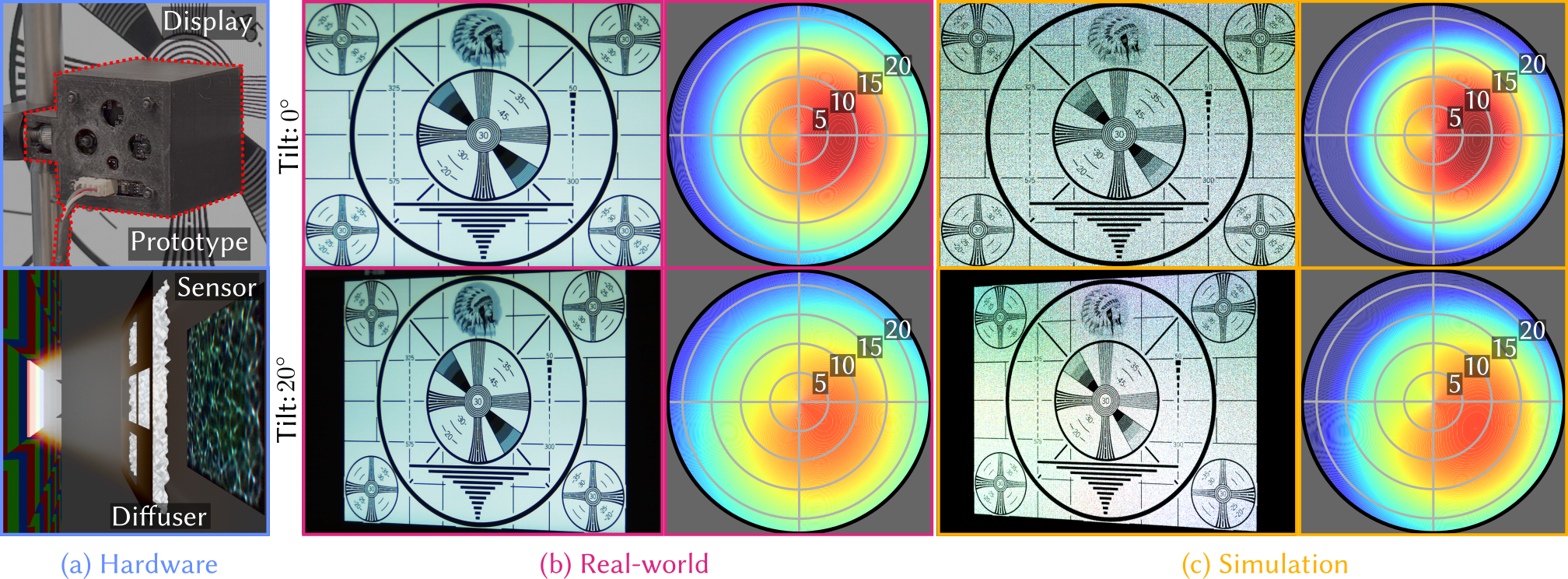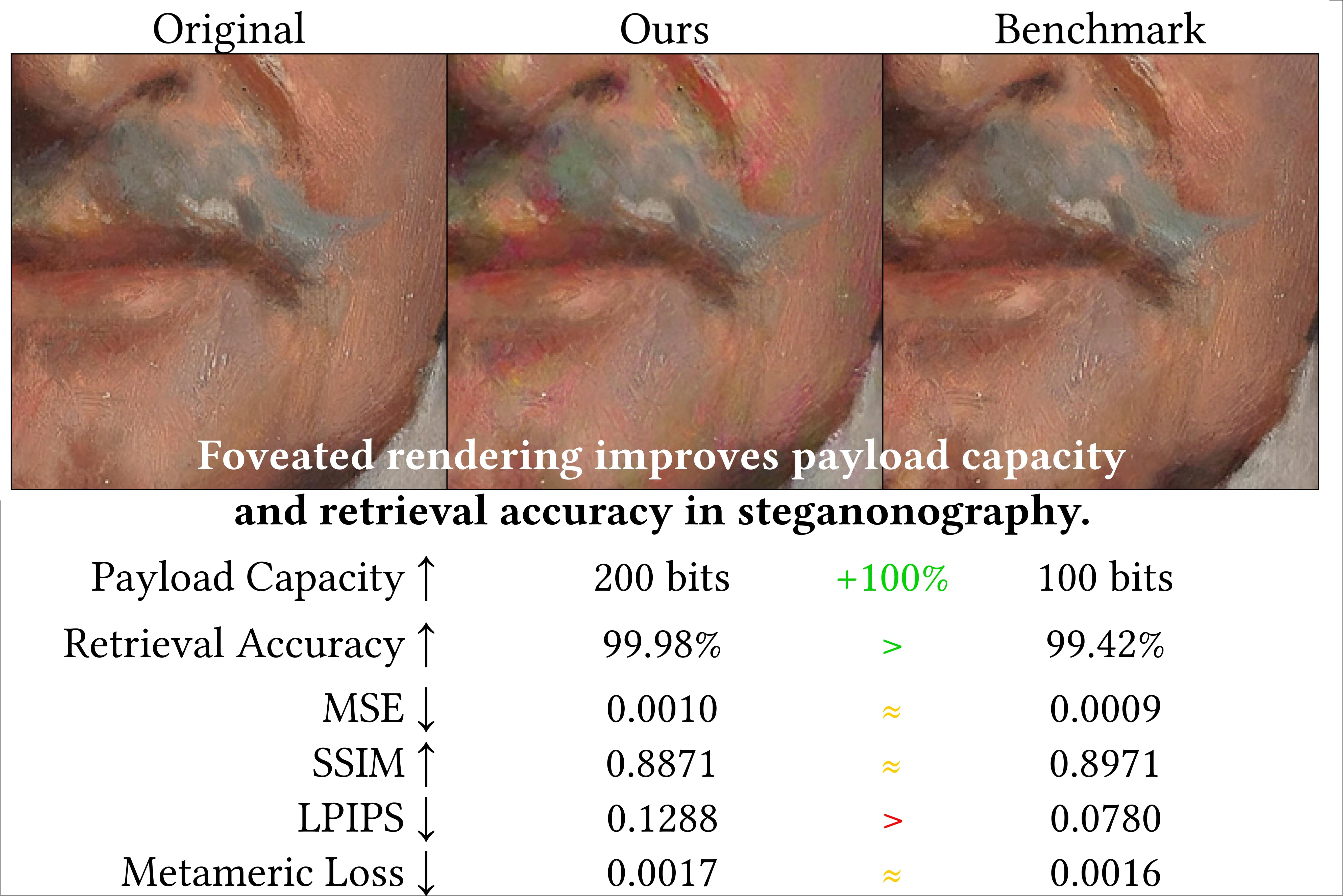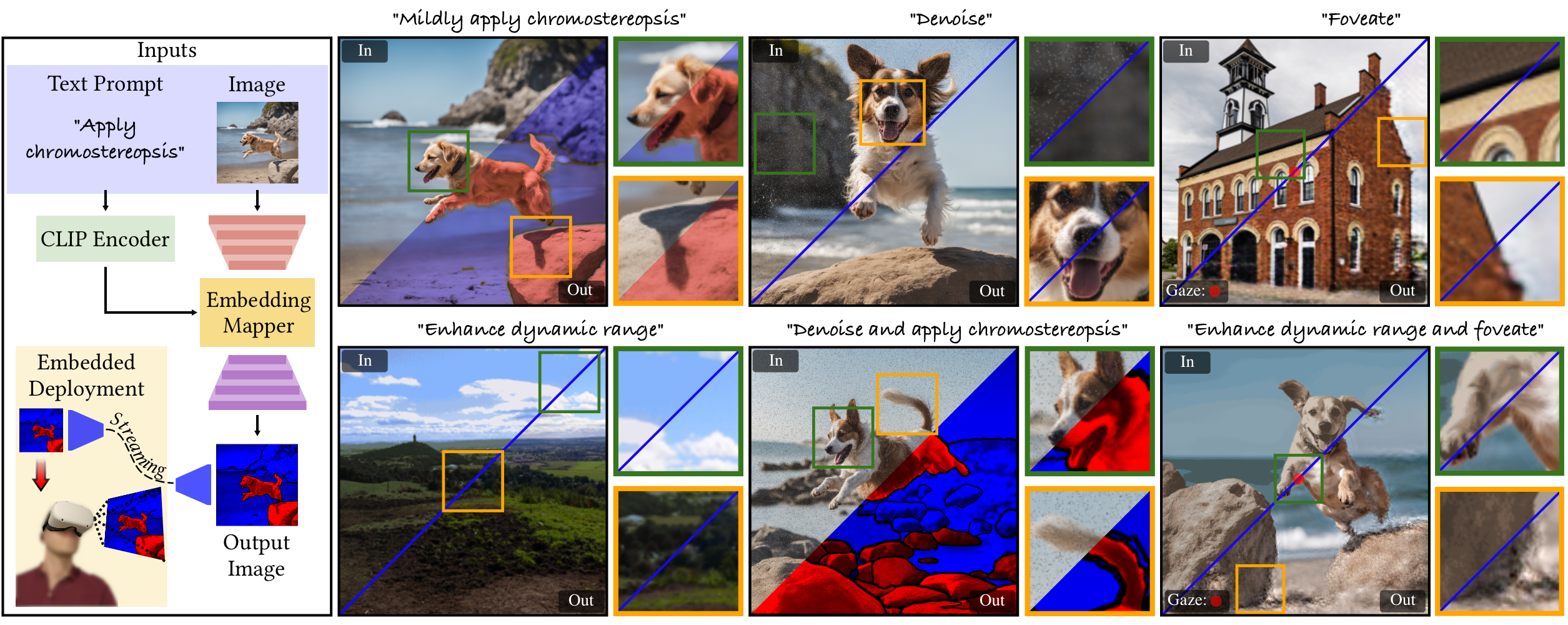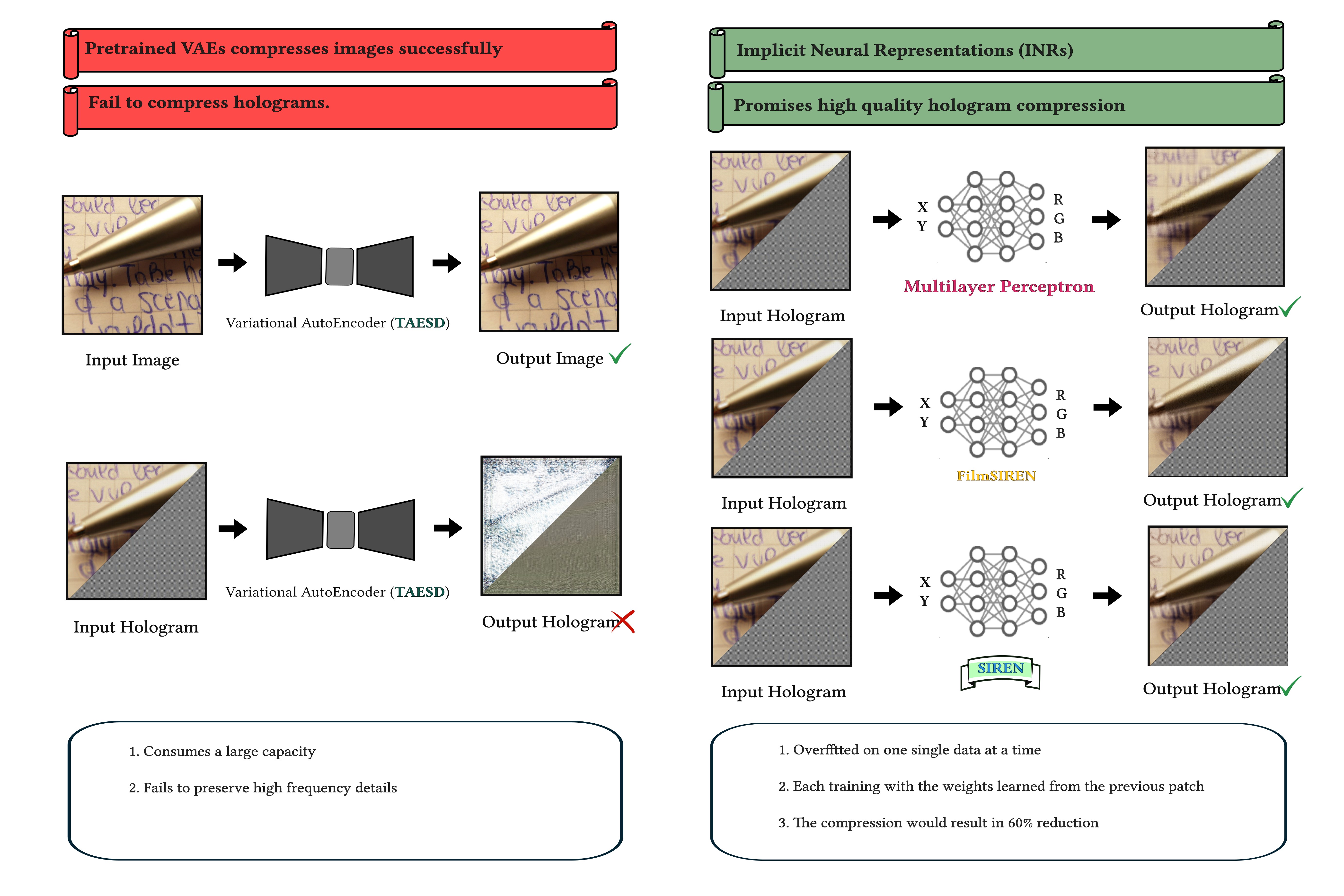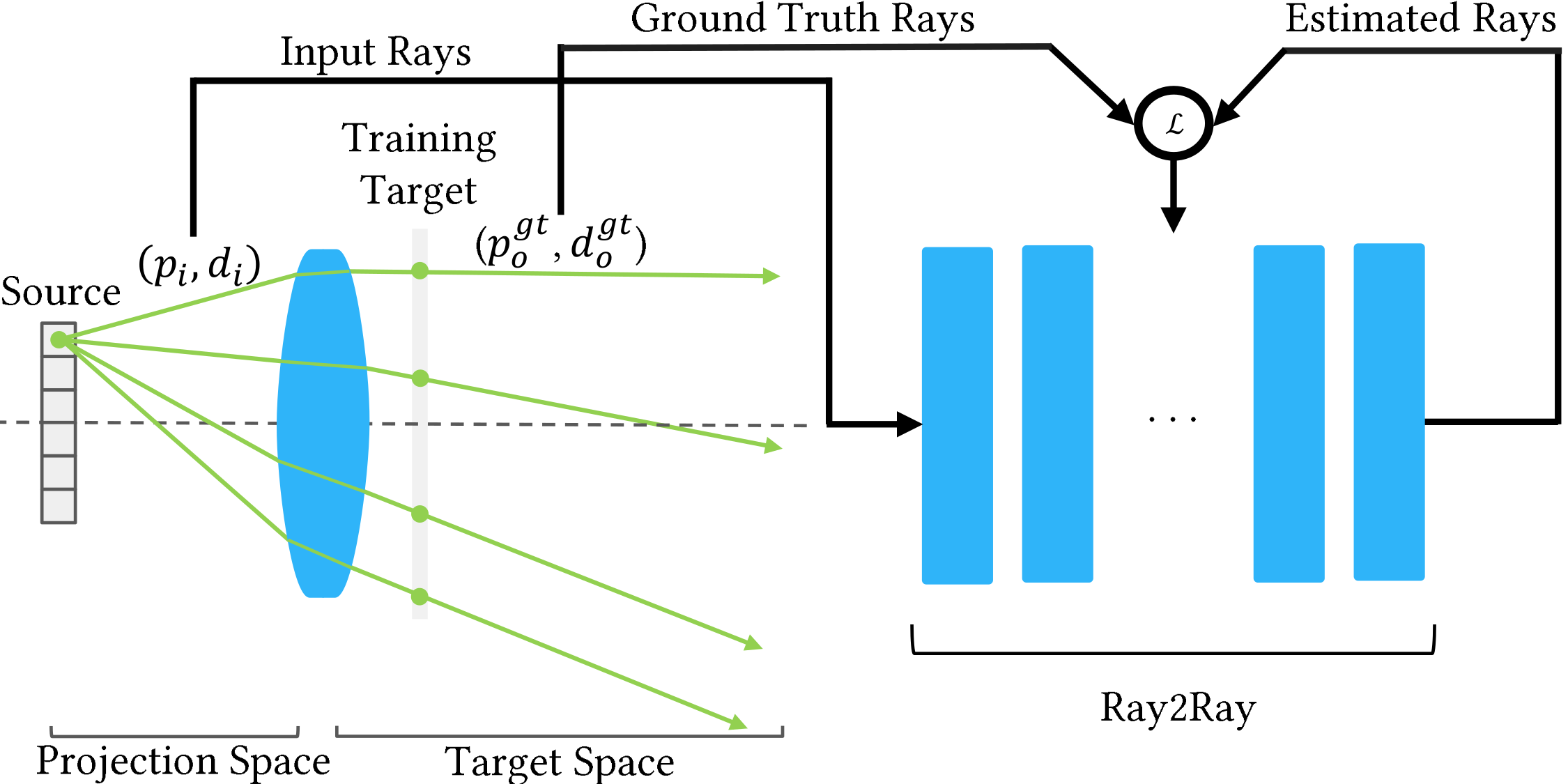Computational Light Laboratory bridges student potential into scientific success with global academic and industrial partners¶
Written by Kaan Akşit, 15 December 2025
A year at a glance: 2025¶
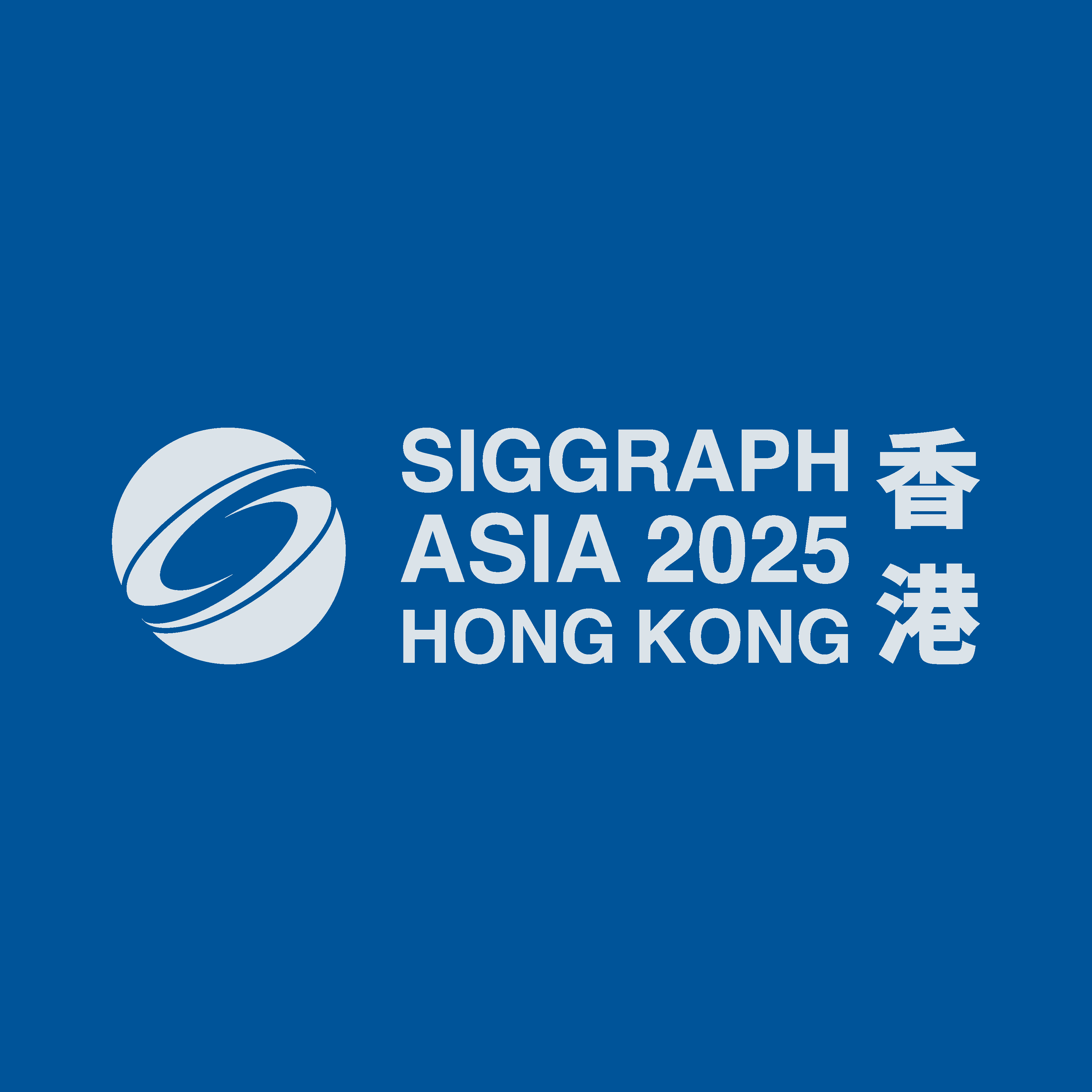
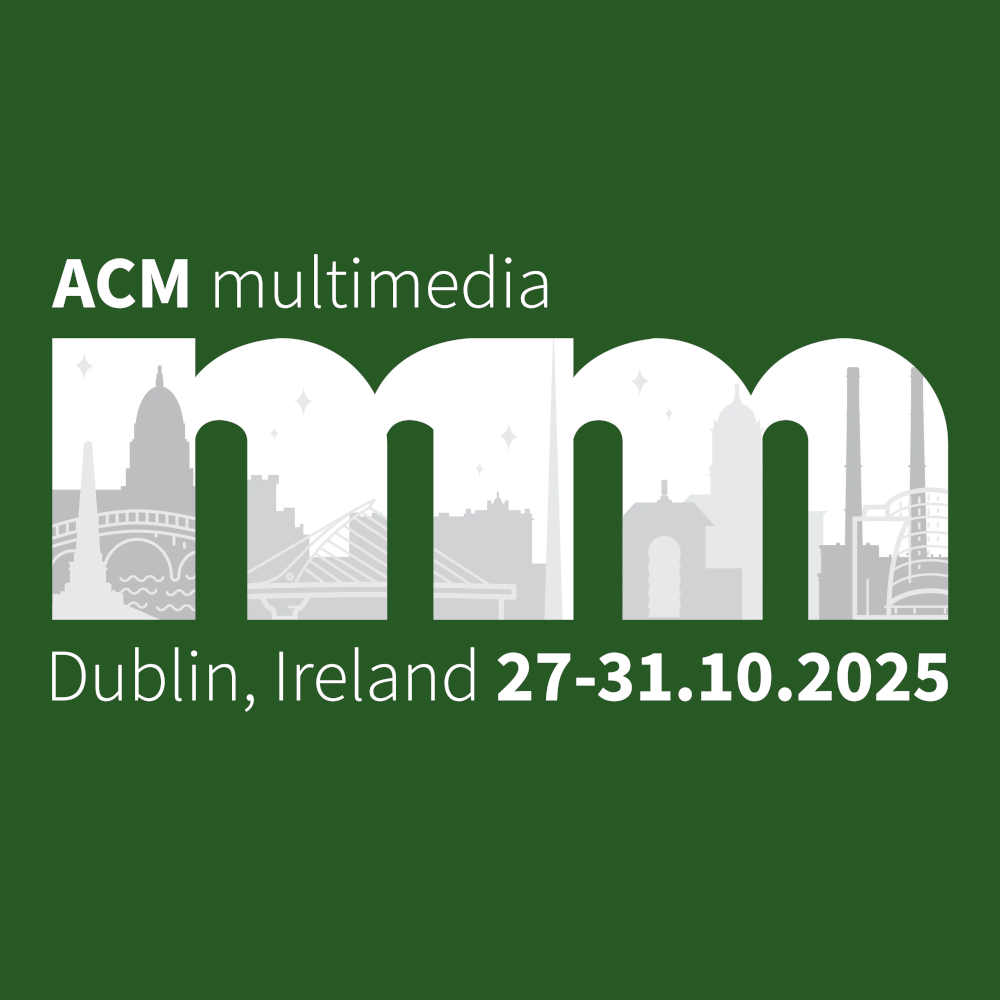
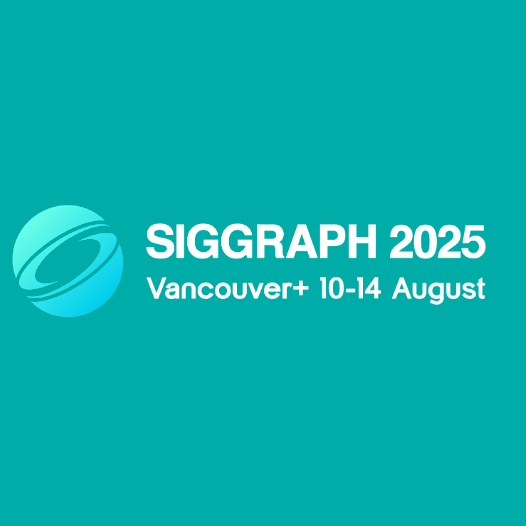
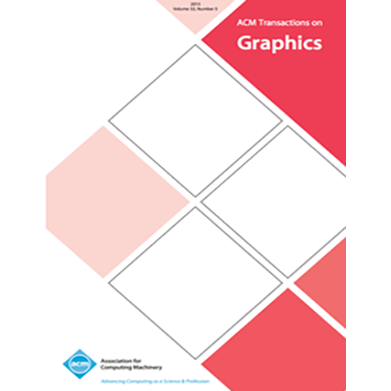

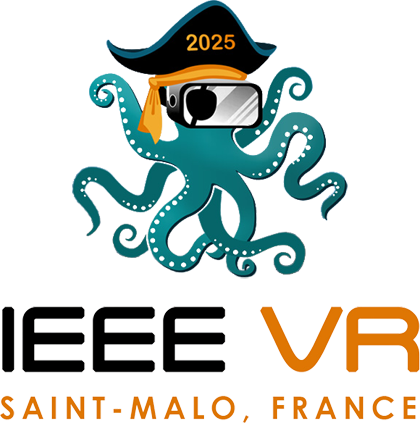
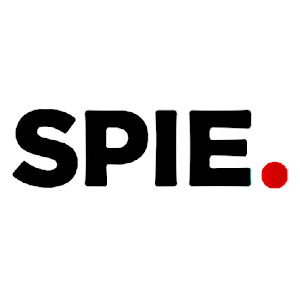
Computational Light Laboratory continues its journey with a strong belief of "groundbreaking research is powered by curiosity, collaboration, and pursuit of excellence" under Kaan Akşit's leadership. In 2025, Kaan is elected as an Optica's Fellow, IEEE's Senior member and SPIE's Senior member. Within 2025, Kaan also started his term as the Optica's Intelligent Interfaces and Display Technology (IT) group and started serving as ACM TOG Associate Editor. This year, 2025, our students have embodied our values, transforming ambitious ideas into high-impact publications and forging international partnerships that push the boundaries of perceptual graphics, computational imaging, and immersive technologies:
- Ziyang Chen’s pioneering research on Learned Display Radiance Fields with Lensless Cameras accepted at ACM SIGGRAPH Asia 2025 technical communications track introduces a new, easy-to-use display calibration tool, while his proactive engagement with global experts underscores his leadership in advancing computational imaging and interactive technologies. Ziyang will participate research activities as a visiting student at the Institute of Science Tokyo,
- A dynamic collaboration between Henry Kam and Lifeng Qiu Lin, whose work on foveated steganography earned a spot at the prestigious ACM SIGGRAPH Asia 2025 poster track, embarking on Lifeng's next academic journey at Tsinghua University,
- Doğa Yılmaz’s journey from intern to Ph.D. student at University College London, marked by a novel deep learning model for immersive displays accepted to ACM Multimedia 2025,
- Zicong Peng’s mastery of deep learning-based compression for holographic displays led to an impressive work accepted at the ACM SIGGRAPH 2025 track, showcasing his exceptional drive and technical ingenuity in shaping the future of immersive technologies, leading to his next as a Ph.D. student at Koç University,
- Chuanjun Zheng’s remote internship bridged continents and expertise while collaborating with an external team to mentor their Ph.D. student, pioneer a learned implicit neural representation for optical lenses, and present their accepted work at ACM SIGGRAPH 2025 poster track, all before embarking on his next academic adventure at the University of Hawaiʻi at Mānoa.
Each of our stories reflect the power of proactive mentorship and interdisciplinary teamwork with global partners in the academia and industry. Our stories are not limited to the ones that have been reported in this document and there are many in the works. These achievements are not just milestones for our students, but also a testament to the vibrant, supportive environment that fuels their success while establishing Computational Light Laboratory as true hub for innovation, research and development for people at various levels and experiences.
Beyond our shared stories, Computational Light Laboratory and the international collaborators had presence and presentations at IEEE VR 2025 and SPIE Photonics West 2025. These presence and presentations arrived in collaboration with world leading scientists including but not limited to Yuta Itoh, Tomoya Nakamura, Rafał Mantiuk, Dongyeon Kim, Muhammet Genç, Çağatay Işıl, Mona Jarrahi and Aydogan Ozcan. For a complete list of our publications, consider visiting Kaan's publications page. In the meantime, Computational Light Laboratory's outreach activities have continued with its seminars and social media groups also in 2025.
Learned Display Radiance Fields with Lensless Cameras¶
Learned Display Radiance Fields with Lensless Cameras
Presented by: Ziyang Chen, Yuta Itoh and Kaan Akşit
Location: Hong Kong, China
Time: 08:00 am - 06:00 pm, 15-18 December 2025
Session: Technical Communications Track
Ziyang Chen, a second-year Ph.D. student in the Computational Light Laboratory, is making significant strides in the fields of computational imaging, computational displays and deep learning. Ziyang's innovative research on “Learned Display Radiance Fields with Lensless Cameras” has been accepted as a technical communications paper at the prestigious ACM SIGGRAPH Asia 2025, the premier conference for computer graphics and interactive techniques.
Ziyang's work represents a cutting-edge approach to integrating lensless cameras with advanced radiance field techniques to build a new easy-to-use display calibration tool, pushing the boundaries of how we capture and render visual information from a traditional or an immersive display. Ziyang’s dedication to his research is further evidenced by his proactive planning to present his findings in Hong Kong of China, where Ziyang will also engage with leading experts and expand his professional network. Beyond the conference, Ziyang Chen will also visit our close collaborator Dr. Yuta Itoh of Institute of Science Tokyo in Tokyo to foster international collaborative research visits, underscores his potential as a future leader in computational imaging and interactive technologies.
Foveation Improves Payload Capacity in Steganography¶
Foveation Improves Payload Capacity in Steganography
Presented by: Lifeng Qiu Lin, Henry Kam, Qi Sun and Kaan Akşit
Location: Hong Kong, China
Time: 08:00 am - 06:00 pm, 15-18 December 2025
Session: Poster Track
Lifeng Qiu Lin and Henry Kam exemplify the power of international collaboration and innovative research in perceptual graphics and steganography. Henry, who joined our Computational Light Laboratory as a remote intern in February 2024, focused on leveraging human visual perception to increase the capacity for imperceptibly hiding information in images, a breakthrough with applications in digital watermarking and immersive technologies. Meanwhile, Lifeng, a Master’s student in Artificial Intelligence at University College London, developed a method to increase data storage in images by up to five times, building on insights from the human visual system and Henry's earlier findings in the context of Lifeng's master thesis. Their collaboration culminated in a novel, learned approach using variational autoencoders to embed additional data in images by exploiting peripheral vision degradation.
This joint work was accepted as a poster, “Foveation Improves Payload Capacity in Steganography,” at ACM SIGGRAPH Asia 2025, the premier venue for computer graphics and interactive technologies. Beyond research, both Henry and Lifeng demonstrated exceptional collaborative and teaching skills, organizing regular meetings, sharing knowledge with the broader lab, and contributing to educational resources on human visual perception. Their success from independent research to high-impact publication showcases the transformative potential of curiosity, teamwork, and perseverance in academic and professional growth. Lifeng Qiu Lin continues his academic journey as a visiting student at the prestigious Tsinghua University under the supervision of Dr. Xiaolin Hu, while Henry Kam is finalizing his master studies under the supervision Dr. Qi Sun at New York University.
Learned Single-Pass Multitasking Perceptual Graphics for Immersive Displays¶
Learned Single-Pass Multitasking Perceptual Graphics for Immersive Displays
Presented by: Doğa Yılmaz, He Wang, Towaki Takikawa, Duygu Ceylan and Kaan Akşit
Location: Dublin, Ireland
Time: 4:30 pm - 6:00 pm, 31 October 2025
Session: Regular Papers
Doğa Yılmaz reached Kaan Akşit via email around mid-September in 2023, expressing his interest in becoming a research intern at the Computational Light Laboratory. These early discussions between Kaan and Doğa have led to identifying Doğa's motivations in research and long-term plans involving obtaining a Ph.D. degree at reputable universities in the United Kingdom and Northern Ireland. Specifically, Kaan and Doğa have agreed to collaborate on themes of perceptual graphics and deep learning methods aimed at applications such as virtual reality. During Doğa's internship at the Computational Light Laboratory, he demonstrated persistent motivation and progress toward developing multitasking convolutional neural networks and perceptual graphics methods. His work involved studying human vision and exploring rendering techniques for immersive displays that cater to human observers in a highly realistic manner. These studies included foveated rendering methods used in virtual reality headsets, chromastereopsis rendering for pseudo-3D effects on all display types, denoising techniques for improving image quality, and quantization methods for low-and-high dynamic images.
A significant achievement during his internship was the development of a single deep learning model that could modify images according to text prompts. This enabled a unified approach for computer graphics applications across immersive displays such as virtual reality headsets, augmented reality glasses, and 3D desktop displays. Doğa's well-established development and carefully written documentation led him to submit his work to the prestigious ACM Multimedia 2025 conference, which subsequently accepted it in their regular paper track. This accomplishment not only resulted in a high-tier publication but also provided solid evidence for his Ph.D. applications. Currently, Doğa is a first-year Ph.D. student supervised by Dr. He Wang at the University College London's computer science department. Doğa's academic progress and achievements through his internship, as well as his success in publishing and securing a Ph.D. admission, demonstrate an exemplary success story for students aiming to enhance their academic profiles through hard work and persistence.
Assessing Learned Methods for Hologram Compression¶
Assessing Learned Models for Phase-only Hologram Compression
Presented by: Zicong Peng, Yicheng Zhan, Josef Spjut, and Kaan Akşit
Location: Convention Centre, Vancouver, BC, Canada
Time: Monday-Thursday, 10-14 August 2025
Session: Poster Track
Zicong Peng demonstrated exceptional motivation and outstanding implementation skills throughout his master’s thesis work. Zicong dove into a topic entirely new to him: "Deep Learning based Compression methods for Holographic Displays". These displays are an emerging field with transformative potential for next-generation augmented reality glasses, virtual reality headsets, and desktop 3D displays. Firstly, Zicong quickly mastered the replication of established hologram simulation algorithms involving light propagation techniques in free space, and learned to simulate holograms as if displayed using a holographic display. Through a rigorous series of experiments, Zicong generated structured guidance on the performance of learned hologram compression algorithms. In this context, Zicong is focused on Variational Autoencoder and Neural Implicit Representation structures. Zicong's well prepared documentation and assessments formulated the basis of a submission to the prestigious ACM SIGGRAPH 2025 Poster Track.
Zicong further elevated the quality of his work by collaborating with industrial and academic partners, including Josef Spjut of NVIDIA, Yicheng Zhan of UCL and Kaan Akşit. As of 10 August 2025, Zicong Peng's work was accepted and presented at SIGGRAPH 2025. Zicong’s journey serves as an exemplary model for beginners in any scientific field, proving that motivation, attentive mentorship, and active engagement with the collaborators can lead to remarkable success. Throughout this process, he developed a robust technical skillset, a deep understanding of scientific methodology, and improved communication skills—opening doors to future Ph.D. studentship opportunities in Koç University under the guidance of Professor Hakan Urey.
Implicit Neural Representations for Optical Raytracing¶
Efficient Proxy Raytracer for Optical Systems using Implicit Neural Representations
Presented by: Shive Sinaei, Chuanjun Zheng, Kaan Akşit, and Daisuke Iwai.
Location: Convention Centre, Vancouver, BC, Canada
Time: Monday-Thursday, 10-14 August 2025
Session: Poster Track
Chuanjun Zheng concluded his remote internship in our laboratory, collaborating with external partners from the University of Osaka, more specifically Professor Daisuke Iwai's team. During this collaboration, Chuanjun mentored first year Ph.D. student Shiva Sinaei by sharing insights from his earlier experimtns on implicit neural representations. Together, Chuanjun and Shiva identified an implicit neural representation capable of modeling optical lenses as a learned component.
Their work demonstrated that this learned lens representation could accurately raytrace optical beams for simple imaging tasks, an interesting starting point for a more complete investigation in the future. Chuanjun and Shiva's work, as of 10 August 2025, was accepted and presented at ACM SIGGRAPH 2025. As Chuanjun wraps up his internship, Chuanjun is set to begin a new chapter at the University of Hawai'i at Mānoa, where Chuanjun will work under the supervision of Dr. Huaijin (George) Chen.
Outreach¶
We host a Slack group with more than 250 members. This Slack group focuses on the topics of rendering, perception, displays and cameras. The group is open to public and you can become a member by following this link.
Contact Us¶
Warning
Please reach us through email to provide your feedback and comments.
